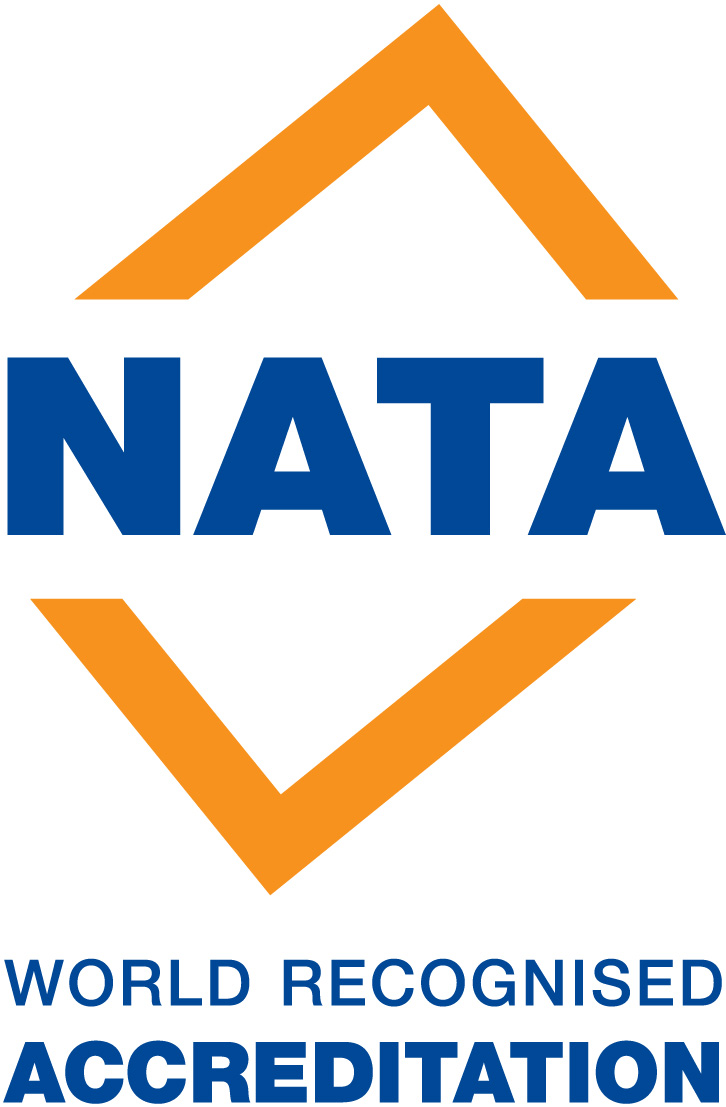 OCTIEF specialises in contaminated land investigations and related services. OCTIEF offers a range of integrated services within the built and natural environments, with particular expertise in development and construction environmental management.
OCTIEF specialises in contaminated land investigations and related services. OCTIEF offers a range of integrated services within the built and natural environments, with particular expertise in development and construction environmental management.
Due to the increasing constraints arising from environmental issues, environmental management is a key issue for many companies. OCTIEF recognises these issues and presents a number of specialised consultants to aid and assist in the assessment and management of all environmental issues. The overall emphasis is on a practical approach, resulting in workable solutions.
OCTIEF offers the following specialised environmental and contaminated land services:
- Asbestos in soil
- Heavy metals in soil
- Acid sulphate soils
- Groundwater contamination management
- Water Quality Monitoring & Assessment
- Environmental Compliance Monitoring
- Construction Environmental Management
- Wastewater contamination management
- Project Management
 ISO 14001: 2004 – Environmental Management Systems
ISO 14001: 2004 – Environmental Management Systems
In order to ensure that throughout the life of each project, clients achieve and maintain the highest level of environmental performance, it is important that the appropriate systems are implemented. For larger organisations, an Integrated Environmental Management System (IEMS) provides the foundation upon which overarching environmental values of a company or organization are based, and provides management procedures to ensure that at all times personnel understand the systems and procedures to be followed in order toachieve environmental compliance and best practice.
An EMS developedin accordance with the requirements of ISO 14001:2004 is a management tool that enables OCTIEF’s clients to:
- Identify and control the environmental impact of its activities, products or services;
- To improve its environmental performance continually; and
To implement a systematic approach to setting environmental objectives and targets, to achieving these targets, and to demonstrating that they have been achieved.
How it Works
ISO 14001:2004 does not specify levels of environmental performance. If it specified levels of environmental performance, they would have to be specific to each business activity and this would require a specific EMS standard for each business. Thatis not the intention. ISO has many other standards dealing with specific environmental issues. The intention of ISO14001:2004 is to provide a framework for a holistic, strategic approach to the organization’s environmental policy, plans and actions.
ISO 14001:2004 gives the generic requirements for an environmental management system. The underlying philosophy is that whatever the activity, the requirements of the effective EMS are the same.
This has the effect of establishing a common reference for communicating about environmental management issues between organizations and their customers, regulators, the public and other stakeholders.
Because ISO14001:2004 does not lay down levels of environmental performance, the standard can to be implemented by a wide variety of organizations, whatever theircurrent level of environmental maturity. However, a commitment to compliancewith applicable environmental legislation and regulations is required, alongwith a commitment to continual improvement – for which the EMS provides theframework.
The EMS Standard
ISO 14001:2004 specifies the requirements for such an environmental management system. Fulfilling these requirements demands objective evidence, which can be audited to demonstrate that the environmental management system is operating effectively in conformity to the standard.
ISO 14001:2004 is a tool thatcan be used to meet internal objectives including:
- Providing assurance to management that it is in control of the organizational processes and activities having an impact on the environment; and
- Assuring employees, stakeholders, and compliance agencies that they are working for or with an environmentally responsible organization or have invested in one.
ISO 14001:2004 can also beused to meet external objectives including:
- Providing assurance on environmental issues to external stakeholders – such as customers, the community and regulatory agencies;
- Compliance with environmental regulations;
- Supporting the organization’s claims and communication about its own environmental policies, plans and actions; and
- Providing a framework for demonstrating conformity via suppliers declarations of conformity, assessment of conformity by an external stakeholder – such as a business client – and for certification of conformity by an independent certification body.



